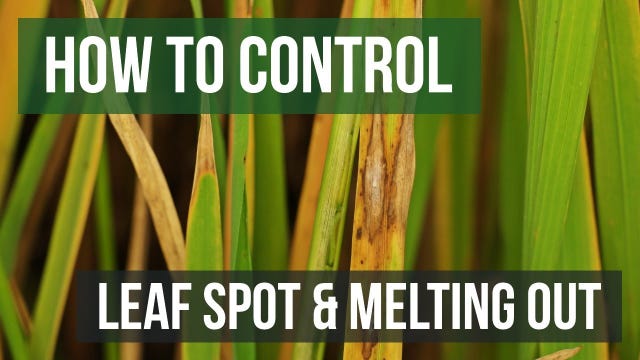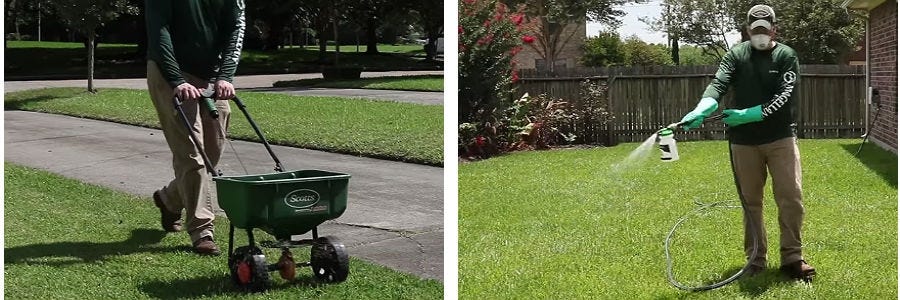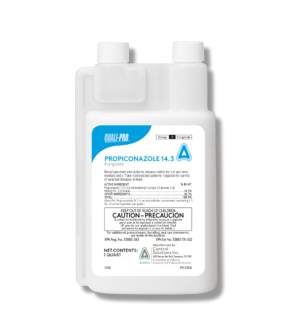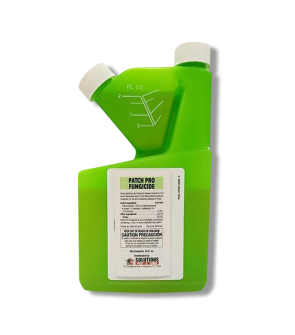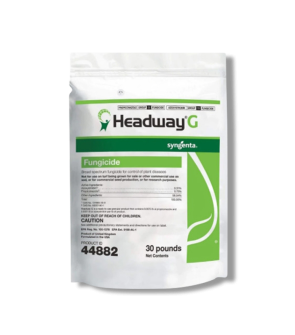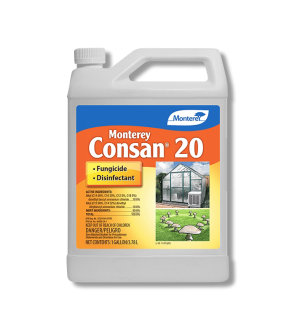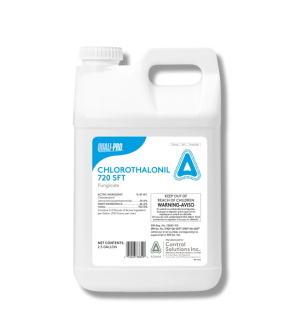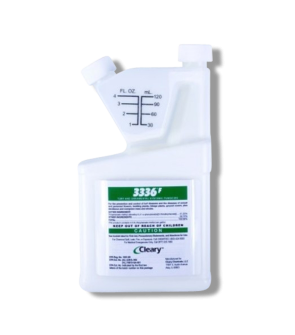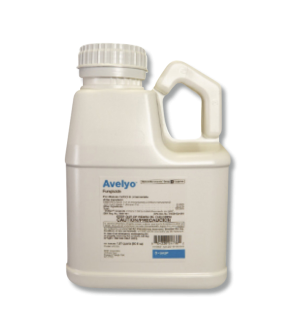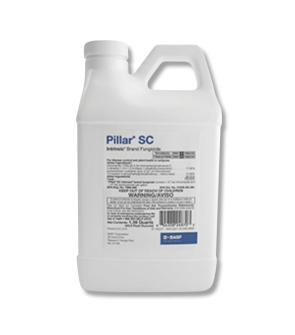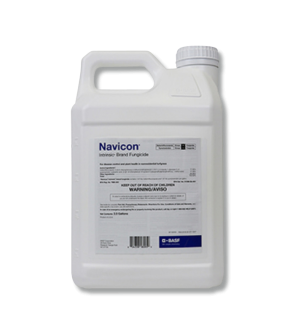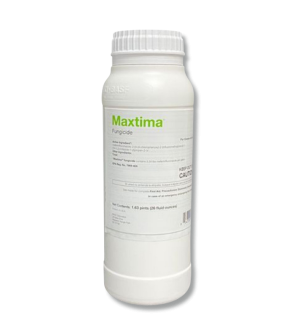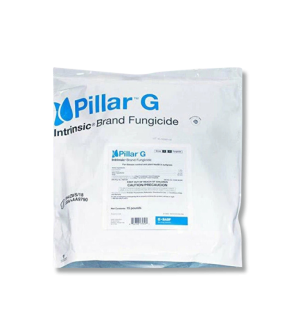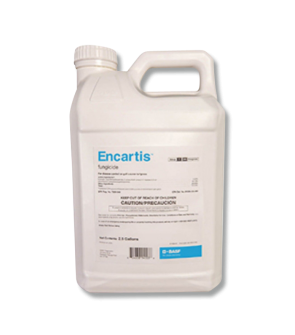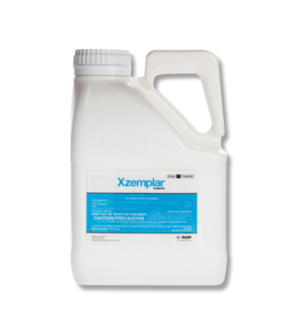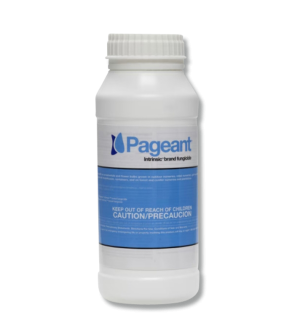Gain access to personalized product screening, the best pricing, rewards, and more!
Most Effective Products
Leaf Spot Control: How To Get Rid of Leaf Spot
Leaf spot is a fungal disease characterized by grass blades having small oval spots with straw-colored centers and maroon borders. These infected areas start to turn yellow and die before long, giving the appearance that your lawn is not being watered enough.
Leaf spot typically occurs in the spring or the fall season. The disease cycle can start as blotches or spots on grass blades or leaves and degrade into rot or death of the plant at the roots, known as melting out, an alternate disease caused by the same group of fungi from which leaf spot derives.
Nearly all tree types and shrubs are capable of potentially coming under attack by one or more leaf spot-causing fungi. If your yard has been infected by leaf spot, it would be wise to act quickly to eradicate it before it takes over and kills your lawn.
If leaf spot infects your yard plants, the following DIY guide provides the expert know-how and product recommendations to treat this pesky lawn disease correctly.
Identification

Before you can carry out a treatment program, you must first identify and make sure what you see is a leaf spot and not some other issue. It helps to know what a leaf spot looks like. Here are the defining characteristics so you can identify leaf spots properly:
- Leaf spot is a fungal disease but can also be caused by bacteria. The leaf spot symptoms vary depending on what caused the fungus to emerge on the plant.
- Although leaf spots can be caused by air pollutants, insects, and bacteria, they are mostly caused by infection by pathogenic fungi. Once the pathogen comes into contact with the leaf, the fungi will grow, destroying leaf tissue.
- Leaf spots can range in size from that of a pinhead to spots that overtake the entire leaf. Dead areas on the leaves are usually brown, black, tan, or reddish.
- The dead or rotting areas will occasionally have a red or purple border.
- Sometimes, part of the plant or even the entire plant can defoliate if the conditions are ideal for the fungus to grow without interruption.
Refer to the image above and our description to help you identify the leaf spot. If you are unsure, you can contact us, and we'll help you correctly identify your issue.
Inspection

Once you have confirmed that you are dealing with an outbreak of leaf spots, proceed with an inspection. During this phase, you will locate where leaf spot symptoms are present and on what plants and gauge how severe of an issue they are. This will help you to determine where to focus your fungicide applications.
Where to Inspect
Leaf spots can appear on house plants, ornamentals in your outdoor garden, or even your yard turf. Observe your lawn turf and plants closely for small brown spots on affected leaves that will increase in size as the disease progresses.
What To Look For
It would be best to look for spots that gradually grow in size and may have yellow or purple borders, converging into larger discolored patches until the whole leaf dies out.
Aside from these symptoms, you may also observe wet, decaying grass near the roots. This is not a leaf spot but is "melting out," a separate but related disease that often goes hand in hand with a Leaf Spot outbreak.
Treatment
Before handling any chemicals, we suggest wearing the proper safety equipment to prevent chemicals from coming into contact with your eyes or skin. Gloves, safety goggles, and long-sleeved clothing should suffice.
Our top recommendation for controlling leaf spot is Patch Pro. This product contains the active ingredient propiconazole, which effectively eliminates leaf spot and keeps it from spreading. It's also cost-effective and one of our more affordable fungicides.
Step 1: Measure & Mix Patch Pro
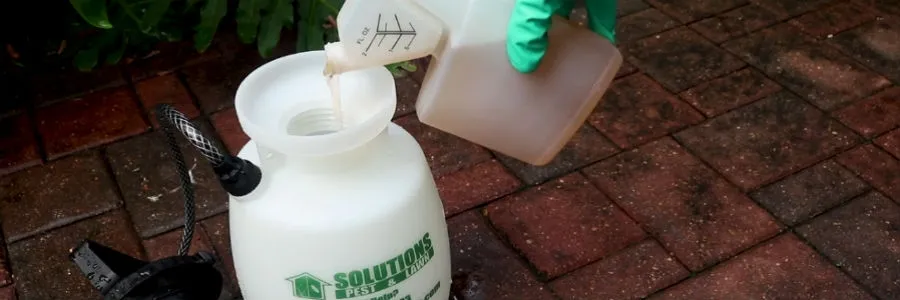
To determine how much Patch Pro you need, you will need to calculate the square footage of the treatment area. To do this, you will need to measure the treatment areas' length and width in feet, then multiply them together (length x width = square footage).
Patch Pro is labeled to treat leaf spot at a rate of 1 to 2 fl. oz. per gallon of water per 1,000 sq. ft. For example, to treat 2,500 square feet of yard, you must mix 2.5 to 5 fl. oz. of Patch Pro in 2.5 gallons of water.
In a handheld pump sprayer, add half the required amount of water and then add the appropriate amount of Patch Pro based on your calculations.
Fill the sprayer with the remaining half of the required amount of water, close the lid, and agitate the sprayer until the solution is well mixed. You are now ready to spray.
Step 2: Apply Patch Pro To Affected Areas

Apply Patch Pro to infected leaf spot areas by spraying them too wet (not to the point of runoff). The best time to begin spraying leaf spots is springtime. Patch Pro must be applied as a protectant before the fungus spore is spread to the leaf to be effective.
Most leaf spot fungi infect trees early in the spring, just as the leaves are starting to emerge. You will also want to spray other vegetation around the infected area to prevent spores from spreading.
Check back in a few days to see if the application is working. You may have to re-apply fungicides in intervals of 14 days to provide continuous control of the leaf spot. Retreat if you begin to see symptoms again.
Prevention
Once the leaf spot has been cleared from your lawn, you must work to keep the disease from returning by establishing a regular lawn maintenance routine. Keeping plants healthy by providing proper light, water, and fertilizer will strengthen the plant's ability to ward off lawn disease.
- Mow your grass at the proper height of 3 to 4 inches to encourage deeper root growth and strengthen your lawn to be more resistant to leaf spots.
- Rake and dethatch your lawn so more sunlight, water, and future chemical treatments can more easily reach the soil.
- Water your lawn properly with 1 to 1.5 inches of water every week. Watering your grass deeply once a week is better than a little every day.
- Keep up with a proper fertilization schedule to keep nitrogen levels stable.
Key Takeaways
What is Leaf Spot?
- Leaf spot is a turf and ornamental disease caused by fungus and appears in the form of brown or discolored spots on a leaf that may die and rot over time.
How To Get Rid of Leaf Spot
- Our go-to fungicide to get rid of leaf spots is Patch Pro. It is highly effective and economical. Apply at the initial stage of the disease for best results.
Preventing Leaf Spot Reemergence
- Once your lawn has been treated, keep the leaf spot away with a consistent lawn care and maintenance program by mowing at a higher height of 3 to 4 inches, watering your grass 1 to 1.5 inches once per week, and keeping up with regular fertilization.






